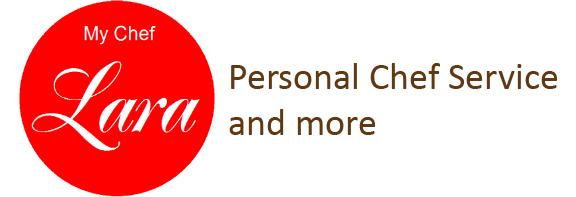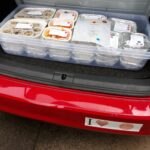Did you know that one of the first food items sold in Metric units here in the States were soft drinks in a 2 liter bottle? This happened more than 40 years ago when Pepsi introduced the 2 liter bottle in 1970. Today this metric unit is well established in all of our grocery stores. Actually in the “liquid departments” the metric conversion is most advanced. There are 1 liter soda bottles and most of the wines and spirits are sold in metric units such as 0.75 l or the new 3l or 5l box wines. The US fluid ounces are slowly disappearing and mostly used as a reference unit in parenthesis next to the metric unit.

I figured that there might be a need for a conversion chart from milliliters (ml) or liters (l) into US-units like fluid ounces (fl oz), pints (pt) or gallons (gal) and visa versa. The enclosed chart is really helpful when you try to cook recipes where metric units are used. Here is a quick description of how to use and read the chart:
First, find the axis with the unit you wish to convert from (fluid ounces, cups, pints, quarts, gallons, milliliters or liters), then stay on that axis and select the amount of the unit in its horizontal direction. Then go perpendicular either down or up to the axis with the unit you wish to convert into and you have the result of the conversion on that new axis.
Here an example for the conversion of 250 milliliters (ml) into fluid ounces:
In the upper portion of the chart (0 – 16 fl oz) find the axis with milliliters (tan color) and go to the 250 ml marker. Then go straight down to the fluid ounces (fl oz) axis and you find the result to be 8.5 fl oz.
Have a printed version of this chart handy inside one of your kitchen cabinet doors and you will never be frustrated again because your internet lost connection.





